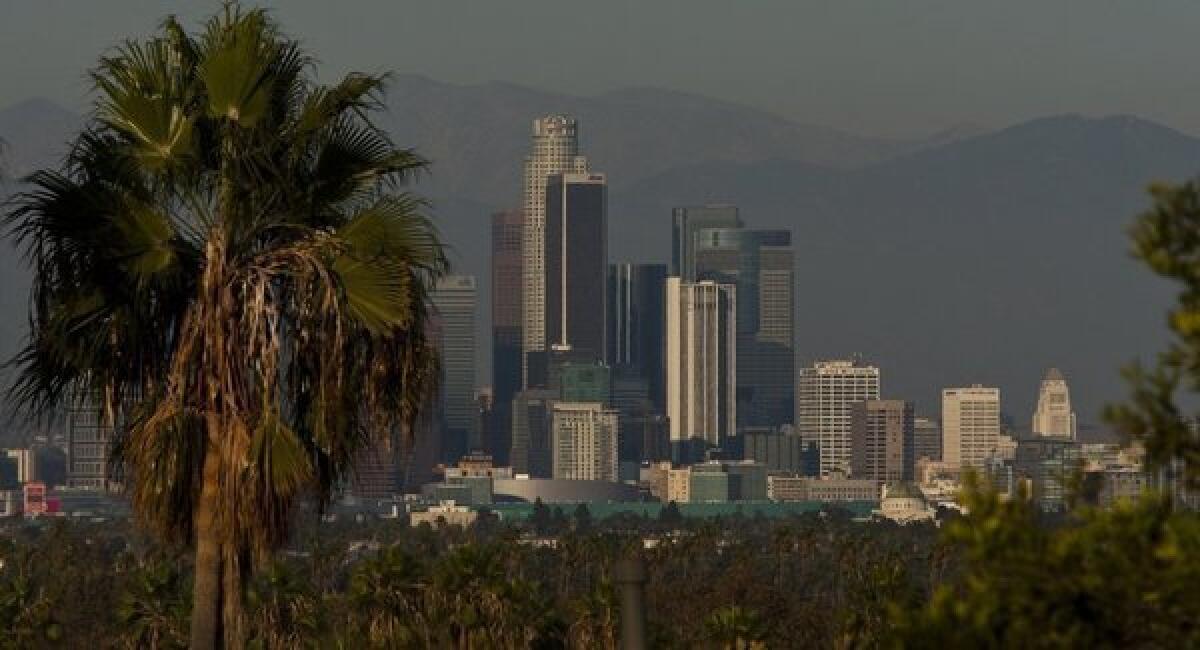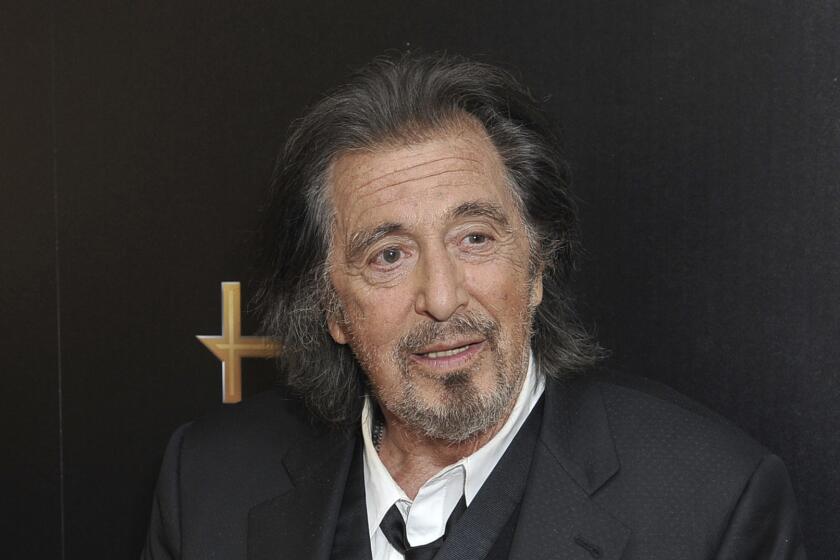Timothy G. Turner’s portrait of old L.A. finds life in digital age

For the last week or so, I’ve been dipping in and out of a long-forgotten piece of Southern California literature: Timothy G. Turner’s short story collection “Turn Off the Sunshine: Tales of Los Angeles on the Wrong Side of the Tracks,” published by the Caxton Printers in Caldwell, Idaho, in 1942.
If you’ve never heard of the author, book or publisher, you’re not alone; a Google search reveals little except for various online booksellers offering digital copies for download.
Yes, download — for I’ve been reading “Turn Off the Sunshine” on my iPad, which appears to be the easiest way to access it. Sure, there are vintage hardcovers available, but it’s as an e-book that it lingers, an artifact of another era transposed, in some unlikely way, into our own.
This is my favorite kind of digital reading: the lost, the overlooked, the misbegotten, the books that got no traction in their time. If e-books have a place in my reading life, it’s along the fringes, and it’s hard to imagine a book that’s fringier than this.
Who was Turner? He appears to have been a local journalist, but other than that, not much is known. And yet his book offers a series of portraits of Los Angeles in the 1920s and 1930s — some of them first published in Esquire and the Sunday magazine of the Los Angeles Times — that seem both larger and smaller than life. His subjects are the unseen, the ordinary, those outside the spotlight: a movie director who gives up Hollywood, a retiree in a “tourist hotel” on Bunker Hill.
In “The Farmer Who Was a Great Genius,” an indigent Mexican grows “marihuana” in the potted palm trees along Broadway; “The Patriot Who Became a Man About Town” involved a drunk who masquerades as a revolutionary, and seduces an actress by giving her forged autographs of the stars.
The Los Angeles Turner describes is both recognizable and alien, as if we are looking at it through the wrong end of a telescope. It is insular, compact, more town than city. Still, some glimpses of the modern city also show through.
By 1942, L.A. had taken shape in many ways; the first freeway had been built and automotive culture was entrenched, although whispers of an earlier way of life remained. Turner makes that explicit in “The Prospector Who Got His Chance,” where an old man’s burro is killed by a tourist from Chicago in his car.
Of course, nowhere is such a tension embodied more fully than on Bunker Hill, which, then as now, offers a potent symbol of the city’s relationship with its past.
Or, as Turner puts it in “The Old Man Who Went to the Library”: “No more perfect petrification of the ’90’s and early 1900’s could be found in any western American city, not even in San Francisco, where they cherish, even reverence, mustiness. In Los Angeles, the spanking new is reverenced, and Bunker Hill was only tolerated, for the most part ignored.”
ALSO:
Latin American artists speak in e-book series
Shoson Nagahara’s ‘Lament in the Night’: Rediscovering a lost LA
More to Read
Sign up for our Book Club newsletter
Get the latest news, events and more from the Los Angeles Times Book Club, and help us get L.A. reading and talking.
You may occasionally receive promotional content from the Los Angeles Times.








